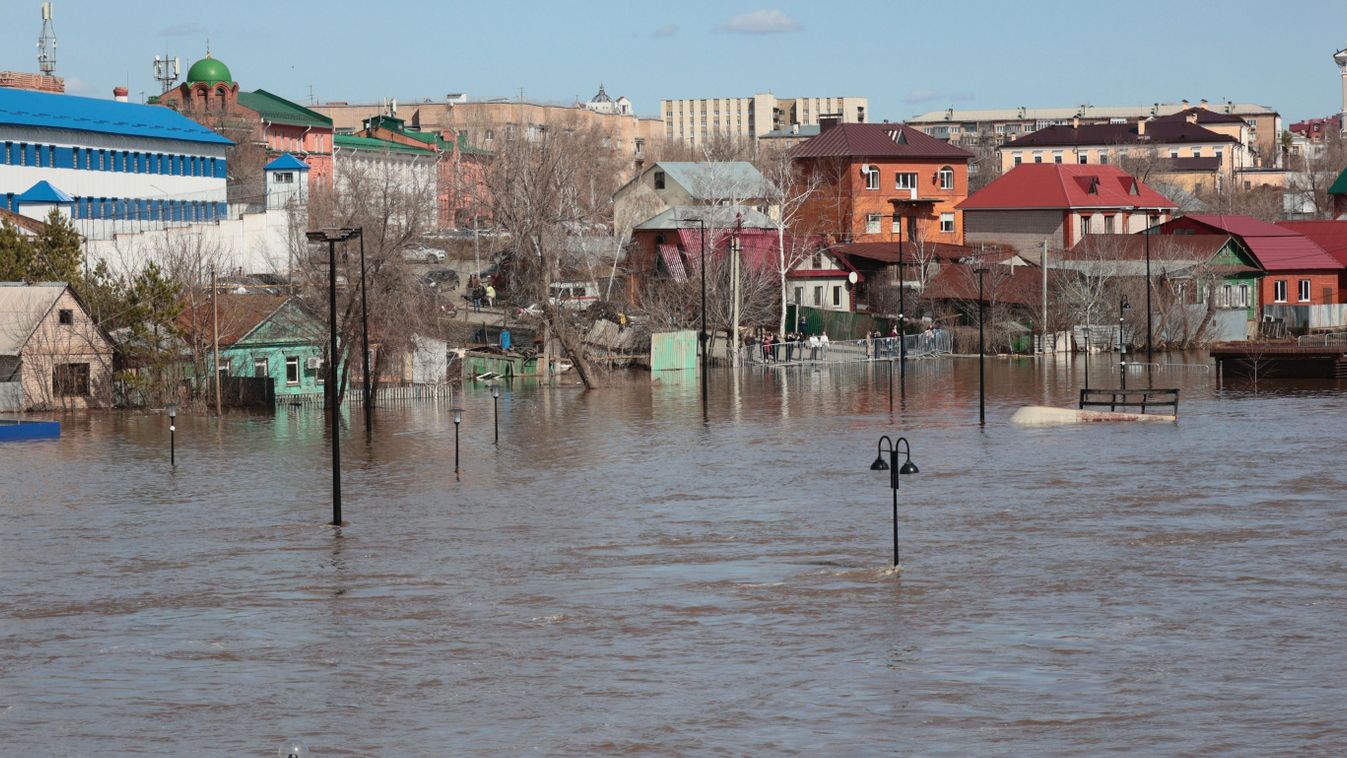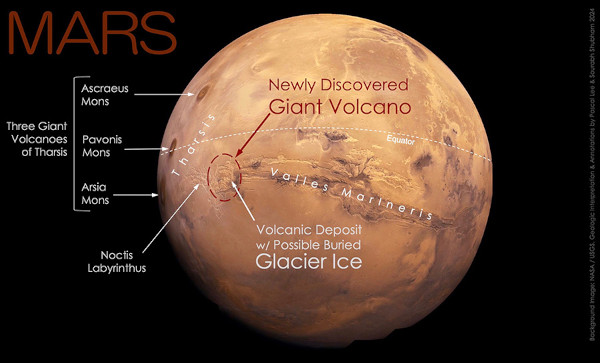Deep-sea temperature measurement helps estimate the Earth’s energy balance. Previously, it was thought that rising ocean temperatures would continue to accelerate, but according to a new model based on machine learning, this is not the case, the cooling effect of the deep seas was offset by practically warming until 1990. Researchers at the University of California, Ph.D. student say Aaron Bagnell and Professor Tim Davies, Ocean surface warming can no longer be stopped by the cooling effects of the deep sea.
For early cooling such as the fourteenth. From the nineteenth to the nineteenth century. The Little Ice Age that lasted until the 16th century had an effect that lasted for a century. The exchange of surface waters and deep sea layers by circulation takes about a thousand years, says Davies. The Nature ConnectionsAccording to a study published in Since 1990 It raises the temperature of the entire ocean.
The experts’ conclusion is built on Bagnell’s machine learning system based on a self-regressive artificial neural network, which attempted to extrapolate deep-sea temperatures based on relatively little data.
Previous methods were based on data for a year or a month, but we used all known data and allowed AI to find the connection between objects at the surface and the depths.
Davis explained.
Due to machine learning, changes in each data point affect the operation of the entire system. However, the result did not surprise everyone: Greg Johnson of the American Institute for Ocean Research, NOAA, says it casts doubt on the accuracy of the data that we do not have deep-sea temperature data since before 1970. According to Johnson, the high level of The surface of the sea is more evidence that the rise in temperature is continuing.
Sea levels were steadily rising … In the 1990s, 2000s and 2010s, this accelerated dramatically, but this is not all due to melting ice, the study concluded.
Think Johnson. According to Bagnell, the previous data do not conflict with the results of the model:
Thermal expansion of the oceans is responsible for approximately one third of sea level rise. The remaining two-thirds comes from incoming fresh water, such as melting glaciers. In addition, according to satellite data, sea level rise began to accelerate in the 20th century. At the end of the twenty-first century and at the beginning of the twentieth century, that is, before that, the sea level did not rise as fast as it does today. Thus, it cannot be excluded that the influx of fresh water was largely responsible for the previous rise
He thought.
(eos)
(Cover Photo: South Pacific November 27, 2019. Photo: Mario Tama/Getty Images)



















![Deleted version of Nintendo 64 Tomb Raider playable! [VIDEO]](https://thegeek.hu/wp-content/uploads/sites/2/2024/04/theGeek-Riqa-Nintendo.jpg)






















